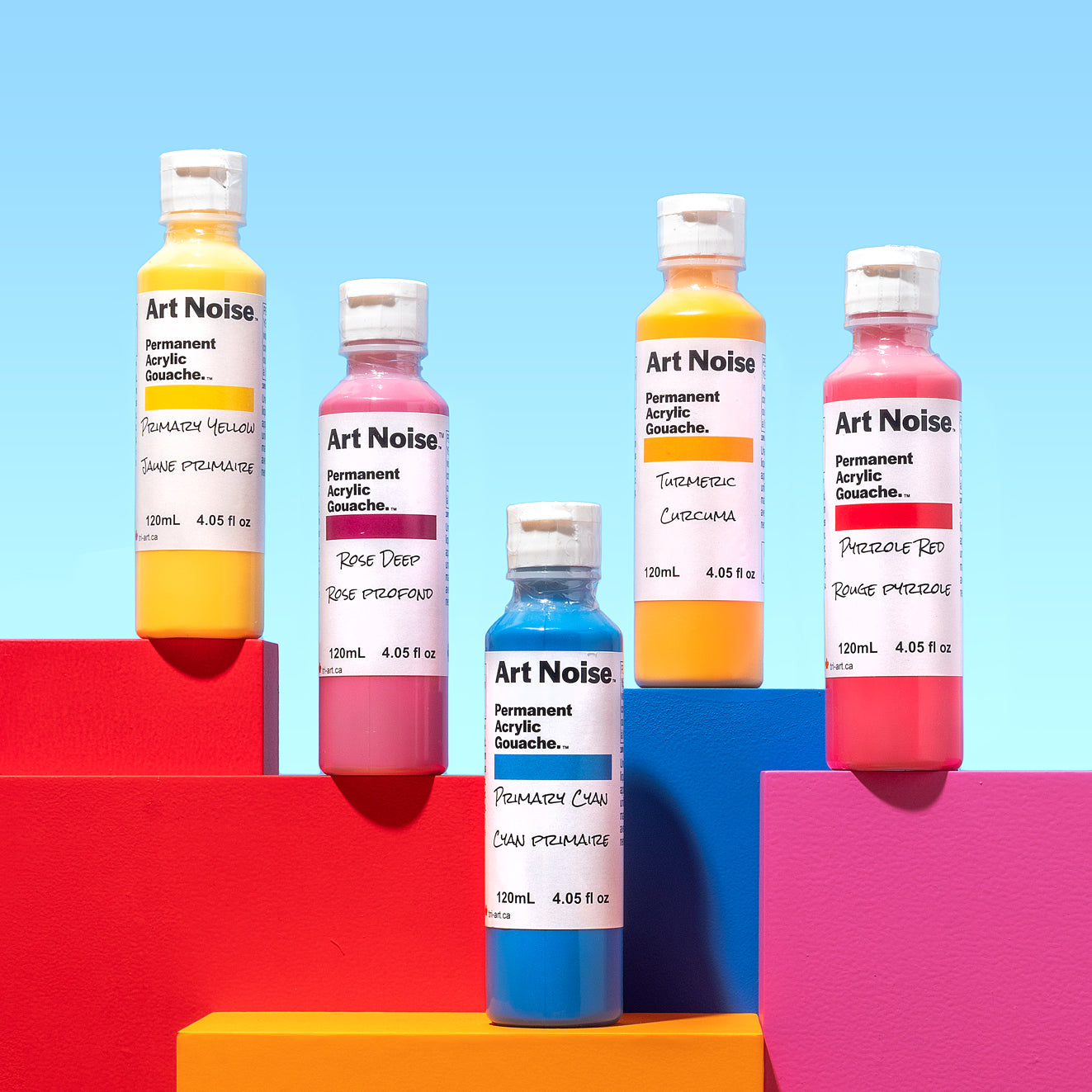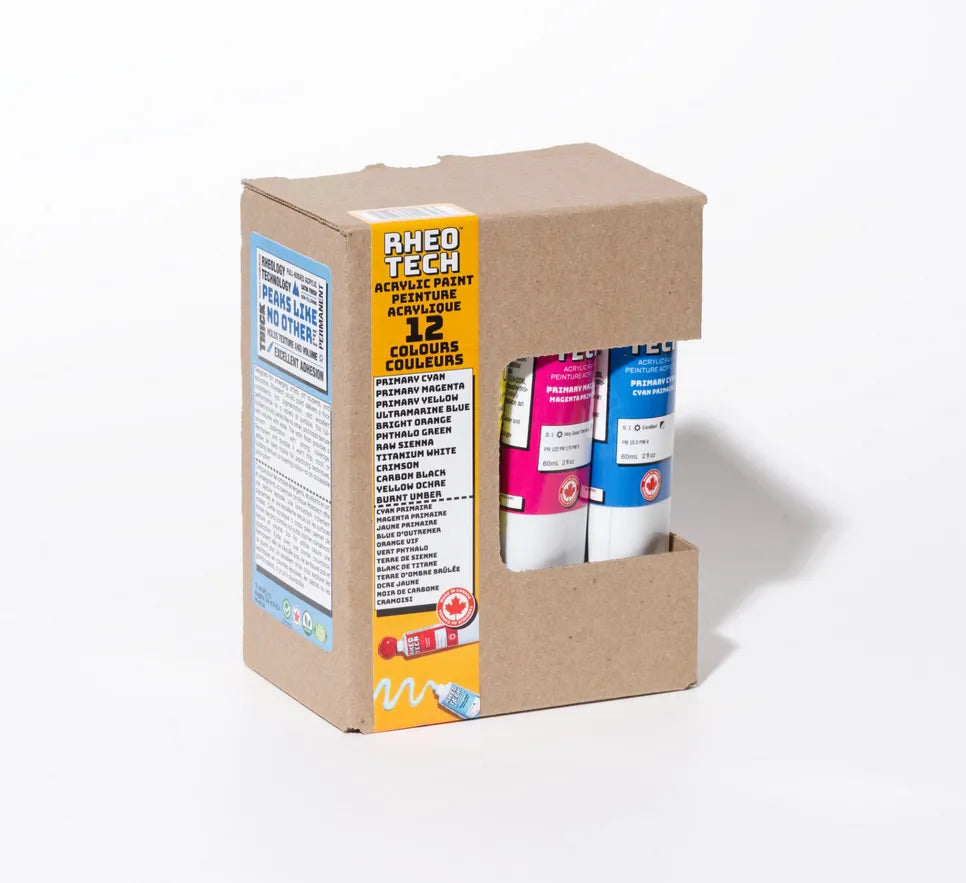Acrylic Paints: The Definitive Guide Before you Buy

Product levels: professional, developing artist, and classroom































